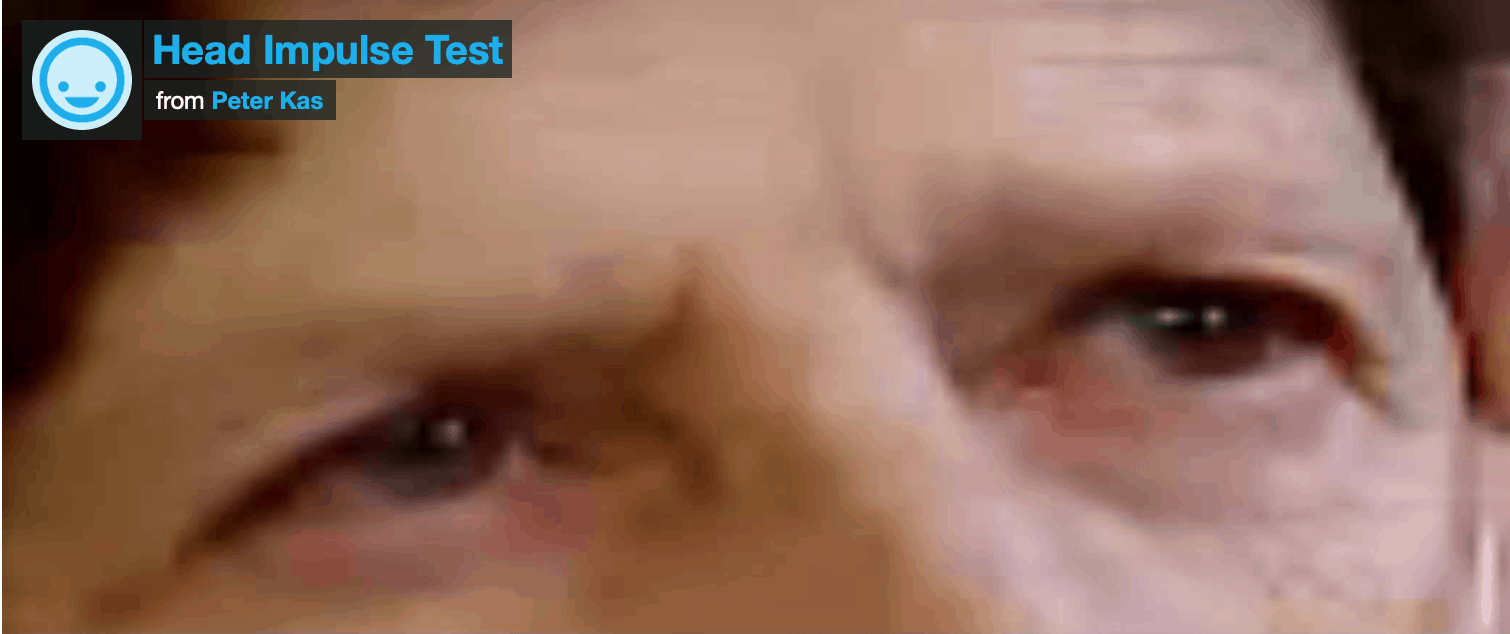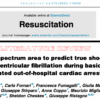A 67 year old patient comes to the emergency department with a complaint of dizziness. He says that the the room started spinning suddenly 3 days ago and although it is getting better, he still can’t stand at all and has been in bed with it for the last 3 days. His daughter has tried to get him up but as soon as he stands he falls.
If this patient came to your Emergency Department:
What are you concerned about?
What do you want to do? What can’t you miss?
We must not miss a cerebellar or brainstem infarction or haemorrhage.
Without clinical examination, this patient’s history gives away all the important clues as to why I should be very worried.
What are they? Think for a moment and then scroll down to the bottom of the page for the answer.
What parts of the examination are crucial?
The clues are all in the history.
The first thing to be concerned about is the age of the patient. The older the patient, the more likely that a vascular event has occurred.
Next, he describes rotational vertigo, so this is not just disequilibrium or lightheadedness.
Next, the sudden onset and duration of the symptoms is important as small cerebellar or brainstem strokes can mimic the vestibular process. The fact that it has been there for 3 days is also of concern.
At this point I am heading towards the diagnosis of stroke. The major differential is vestibular neuronitis.
One other thing in the history points towards a stroke. That is the fact that the patient cannot walk at all. To confirm you will need to test. However in vestibular lesions, the patient is unstable but in many cases can still walk, holding onto walls etc. In a cerebellar or brainstem stroke, they cannot.
So what will be the key parts of the examination?
A full neurological examination is important, but areas to focus on include:
Gait – the patient cannot walk at all or falls to one side
Eye signs:
-bilateral nystagmus
-vertical nystagmus
-non-fatigueable nystagmus
-diplopia
Any long tract signs
You should also do the Head Impulse (or Thrust) Test – it has a sensitivity and specificity in the 90%’s. If positive, it is a good thing as it increases the likelihood of a peripheral lesion.










